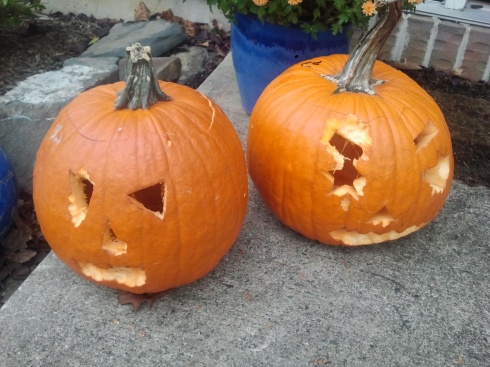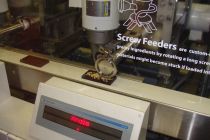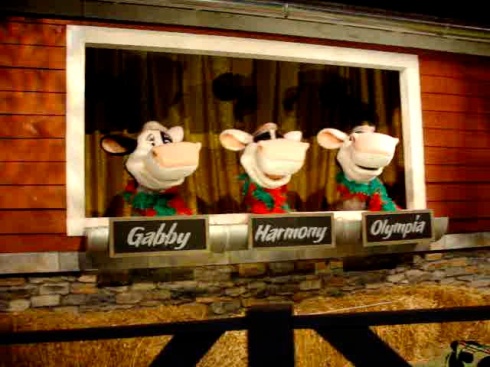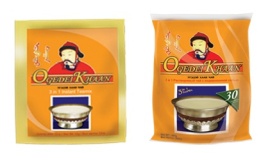Kansas Is Flatter Than a Pancake
by Mark Fonstad 1, William Pugatch 1, and Brandon Vogt 2
1. Department of Geography, Texas State University, San Marcos, Texas
2. Department of Geography, Arizona State University, Tempe, Arizona
In this report, we apply basic scientific techniques to answer the question “Is Kansas as flat as a pancake?”
 |
|
Figure 1. (a) A well-cooked pancake; and (b) Kansas. 1 |
While driving across the American Midwest, it is common to hear travelers remark, “This state is as flat as a pancake.” To the authors, this adage seems to qualitatively capture some characteristic of a topographic geodetic survey 2. This obvious question “how flat is a pancake” spurned our analytical interest, and we set out to find the ‘flatness’ of both a pancake and one particular state: Kansas.
A Technical Approach to Pancakes and Kansas
Barring the acquisition of either a Kansas-sized pancake or a pancake-sized Kansas, mathematical techniques are needed to do a proper comparison. Some readers may find the comparing of a pancake and Kansas to be analogous to the comparing of apples and oranges; we refer those readers to a 1995 publication by NASA’s Scott Sandford 3, who used spectrographic techniques to do a comparison of apples and oranges.
One common method of quantifying ‘flatness’ in geodesy is the ‘flattening’ ratio. The length of an ellipse’s (or arc’s) semi-major axis a is compared with its measured semi-minor axis b using the formula for flattening, f = (a – b) / a. A perfectly flat surface will have a flattening f of one, whereas an ellipsoid with equal axis lengths will have no flattening, and f will equal zero.
For example, the earth is slightly flattened at the poles due to the earth’s rotation, making its semi-major axis slightly longer than its semi-minor axis, giving a global f of 0.00335. For both Kansas and the pancake, we approximated the local ellipsoid with a second-order polynomial line fit to the cross-sections. These polynomial equations allowed us to estimate the local ellipsoid’s semi-major and semi-minor axes and thus we can calculate the flattening measure f.
Materials and Methods
We purchased a well-cooked pancake from a local restaurant, the International House of Pancakes, and prepared it for analysis by separating a 2-cm wide sample strip that had not had time to desiccate. We collected macro-pancake topography through digital image processing of a pancake image and ruler for scale calibration (see Figure 2).
 |
| Figure 2. Pancake cross-sectional surface being digitized. |
|
We made another topographic profile from the sample, using a confocal laser microscope. The importance of this research dictated that we not be daunted by the “No Food or Drink” sign posted in the microscopy room. The microscope collects one elevation point every 10 mm and has a maximum surface diameter of 2 cm (see Figure 3).
 |
| Figure 3. When viewed at a scale of 50 mm, a pancake appears more rugged than the Grand Canyon. |
|
We measured a west-east profile across Kansas taken from merged 1:250,000 scale digital elevation model (DEM) data from the United States Geological Survey. In general, the spacing between adjacent elevation points on the landscape transects was approximately 90 meters. We extracted surface transects and flatness estimates from the Kansas and pancake DEM data using a geographic information system.
Results
The topographic transects of both Kansas and a pancake at millimeter scale are both quite flat, but this first analysis showed that Kansas is clearly flatter (see Figure 4).
 |
| Figure 4. Surface topography of Kansas and of a pancake. |
|
Mathematically, a value of 1.000 would indicate perfect, platonic flatness. The calculated flatness of the pancake transect from the digital image is approximately 0.957, which is pretty flat, but far from perfectly flat. The confocal laser scan showed the pancake surface to be slightly rougher, still.
Measuring the flatness of Kansas presented us with a greater challenge than measuring the flatness of the pancake. The state is so flat that the off-the-shelf software produced a flatness value for it of 1. This value was, as they say, too good to be true, so we did a more complex analysis, and after many hours of programming work, we were able to estimate that Kansas’s flatness is approximately 0.9997. That degree of flatness might be described, mathematically, as “damn flat.”
Conclusion
Simply put, our results show that Kansas is considerably flatter than a pancake.
Notes
1. The photograph of Kansas is of an area near Wichita, Kansas. It may be of significance that the town of Liberal, Kansas hosts the annual ‘International Pancake Day’ festival.
2. To pump up our cross-disciplinary name-dropping, we should also mention that recently some quick-thinking cosmologists also described the universe as being “flatter than a pancake” after making detailed measurements of the cosmic background radiation.
3. “Comparing Apples and Oranges,” S.A. Sandford, Annals of Improbable Research, vol. 1, no. 3, May/June 1995.
© Copyright 2003 Annals of Improbable Research (AIR)

































